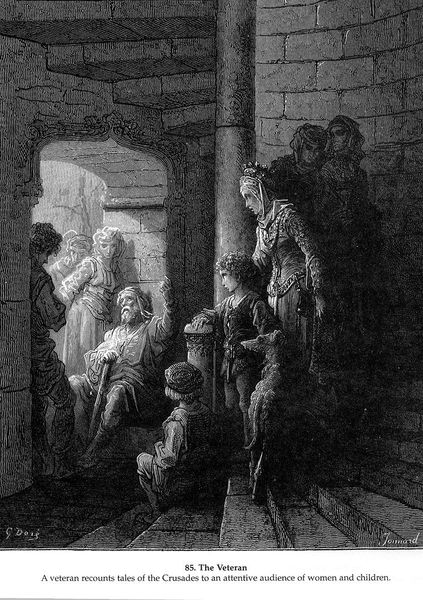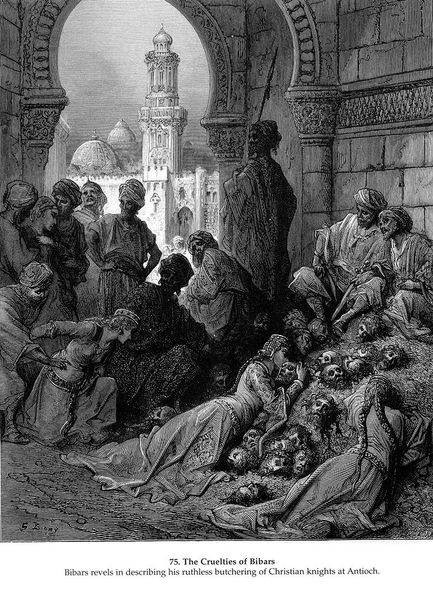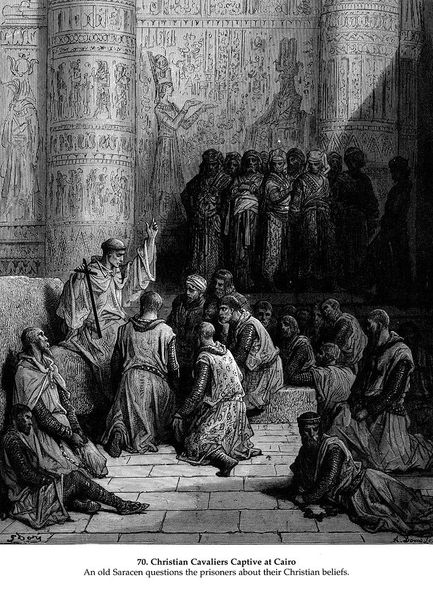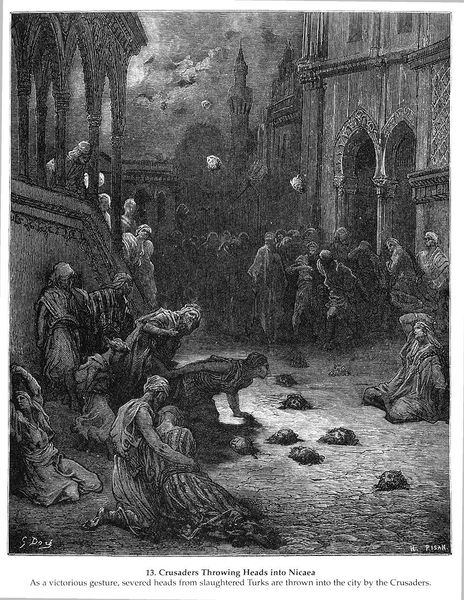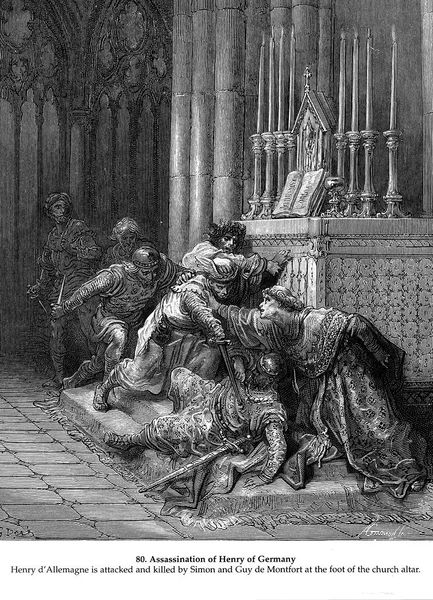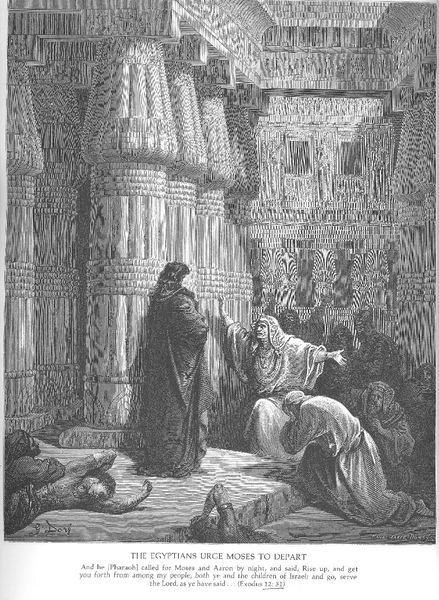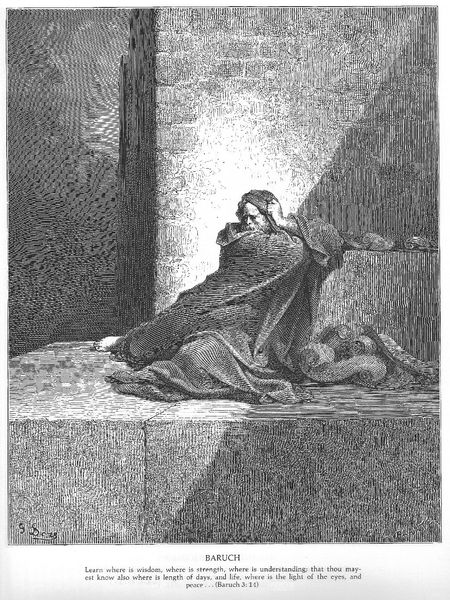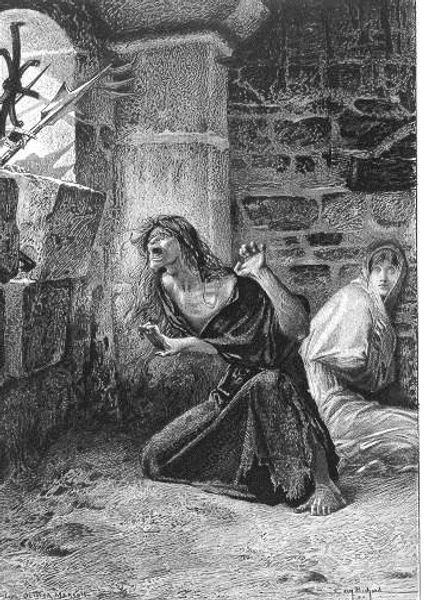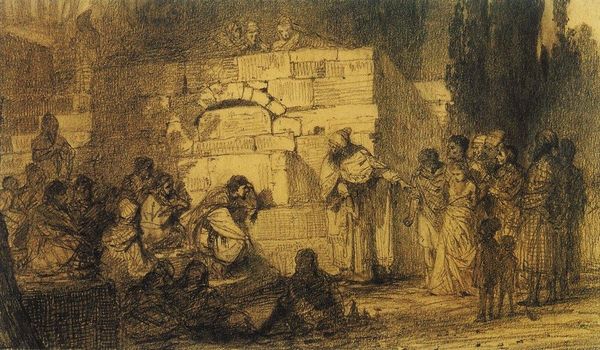
print, engraving
#
narrative-art
# print
#
death
#
war
#
famous-people
#
history-painting
#
engraving
#
monochrome
Copyright: Public domain
Curator: The stark drama rendered in this print captures a pivotal moment in history: Gustave Dore’s depiction of "The Emperor Alexius IV Poisoned and Strangled by Mourzoufle." The date is not listed, and Dore created his images in series, intending to weave narrative threads. Editor: What a visceral piece! The contrast is brutal; it feels like you can almost smell the stale air of that dungeon. There's an undeniable sense of confinement and impending doom created by those strong vertical lines of the pillars. Curator: Absolutely, the visual weight bears down. Looking closely, we can observe how Dore uses the medium of engraving to portray not only a dramatic event, but also the sociopolitical forces that informed the death of Alexius. Dore was not concerned with literal truth but historical narratives used to enforce moralistic ideals. Editor: It is incredible, though, what he coaxes out of those lines. Notice the texture of the stone walls, juxtaposed against the ornate robes. The costuming certainly tells a story of status and hierarchy—material wealth and its consequences are definitely foregrounded here. Curator: And if we consider the placement of figures in this brutal tableau, we have to understand Mourzoufle's historical motivations. How Dore visually depicts a scene of usurpation as a moment of enforced removal highlights both Mourzoufle's claim to power, and Alexius' failure to hold on to that very same claim, thus failing in his social contract. Editor: You’re right. There's such deliberate craftsmanship involved in every layer here. Dore clearly understood how objects—the crown, the goblet, the very fabrics—become entangled in narratives of power, violence, and labor itself. One wonders if a cheap newsprint version would have retained the same effect. Curator: Ultimately, what we confront is the translation of human acts, especially violent acts, through reproducible imagery. What ideological weight do we give it, as twenty-first century viewers, recognizing the colonial gaze of the artist and printmaker in visualizing power and the human body? Editor: Precisely. Seeing the details up close helps reveal Dore's almost obsessive depiction of materiality within a scene of political collapse— it serves as a stark reminder of the human cost when materiality is divorced from humanity.
Comments
No comments
Be the first to comment and join the conversation on the ultimate creative platform.
